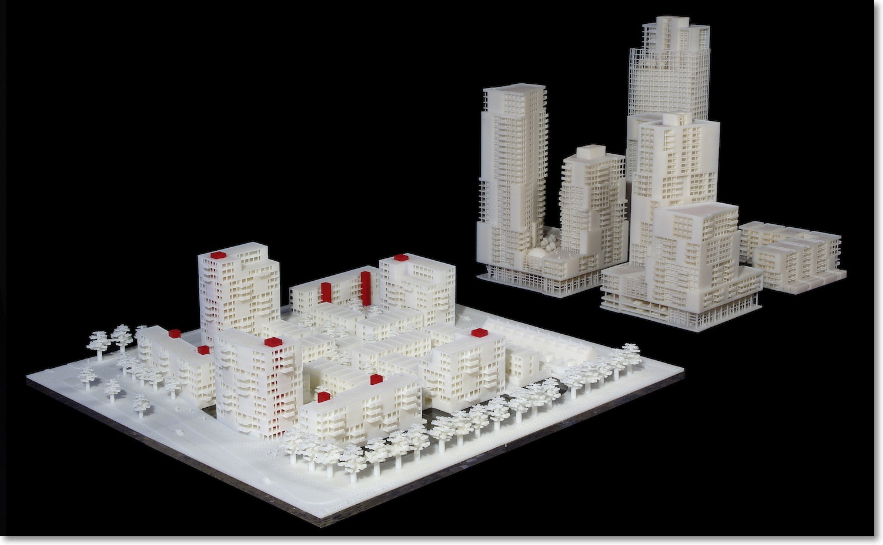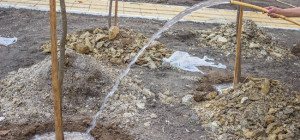It's hardly surprising that architects these days are using 3D printing on a row. The benefits of 3D printing are countless, and architects have correctly identified many of them. They owe me thanks because I listed some of those benefits in one of my previous articles.
Specific benefits
In this article, I'll touch base more specific benefits of 3D printing. If you work in an architecture firm, you'd be knowing the bottlenecks that commonly occur at the time of rendering a floor plan or a large site plan. 3D printing lets you enjoy a good night sleep by eliminating most of those bottlenecks.
Why you need them?
Let me be very honest with you. Selecting a 3D printer is easy as there are so many of them in the market. But not all of them are equally capable. Some printers can create objects, which are considerably large while other printers have a unibody design. While they all are fascinating to some extent, your criteria for selecting a printer should be the following:
- Whether it makes your work easy
- Whether it's cost-efficient
- Whether it takes less time
There are two ways I can narrow your lane of choices down. One is by outlying the benefits that a printer should offer, and another is by introducing to you some latest happenings in the 3D-printing industry.
Architectural benefits
A printer that's custom-built for being used in the architectural industry offers the following benefits:
- Rendering sketch models as well as presentation models.
- It lets you do your work and handles the designing process independently.
- It renders tangible models from sketches and model drawings.
- Ease at designing surfaces with multiple curves.
Select a printer that offers the said benefits. Make a list of the benefits and keep that list with you, and then ask the vendor upfront whether the printer he's pitching offers them. If his answer is negative, leave the store and visit another store.

The right purpose
Suppose you want to print a large surface, which is flat. A laser cutter printer can render such a design. The machine is quite affordable compared to a standard 3D printer. What this indicates is we often use the right printer for the wrong purpose.
I recommend you to use a 3D printer only if you are rendering a complex design. You can find such complexities in interior designing, industrial plants, sports stadiums, data centers, WiFi deployment floors, etc.
Water soluble filaments
When selecting a filament, make sure it's water soluble. Polyvinyl Alcohol is such a filament. Since its solid parts quickly dissolve in the water, you can fully rely on it for support knowing the structure will stand. By using Polyvinyl Alcohol, you can 3D print a large mansion in few seconds.
Aside from Polyvinyl Alcohol, there are other water soluble filaments for 3D printing. Makerbot introduced such filament a few years ago. At the time of introducing it, Makerbot's CEO Zach said "Soluble objects are a holy grail of 3D Printing since our early days." Graphene 3D Lab announces new water soluble 3D printing filament, which dissolve in the water in just half an hour.
The water soluble filaments are used with a specific category of 3D printers. Such printers come with two extruders. Among its two heads, one prints the material that the product is made of, and another presses out water soluble support.
When purchasing a 3D printer, make sure it works fine with filaments, which are water soluble. This will make your work easy and save you plenty of money.
Size matters
Size does matter for 3D printers. A number of Dutch architects have been using a supersize 3D printer that can construct a prototype house. With the use of the printer, the architects have already constructed the walls of a house.
One of the architects called Hans Vermeulen highlighted the eco-friendly aspect of the 3D-led construction process. He said the house may not look appealing, but that's hardly a priority. The priority was to construct a house that's environment-friendly, and the work has indeed been going as per plan.
Select wisely
All information, contained in this article are useful for you, and for other architects like you, who are too busy to stay posted on the updates related to 3D printing.
Information Share By Architecturalrendering.co.uk







